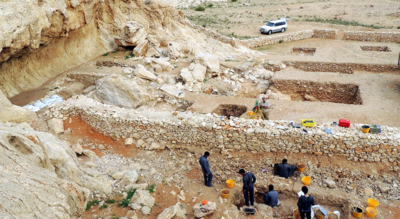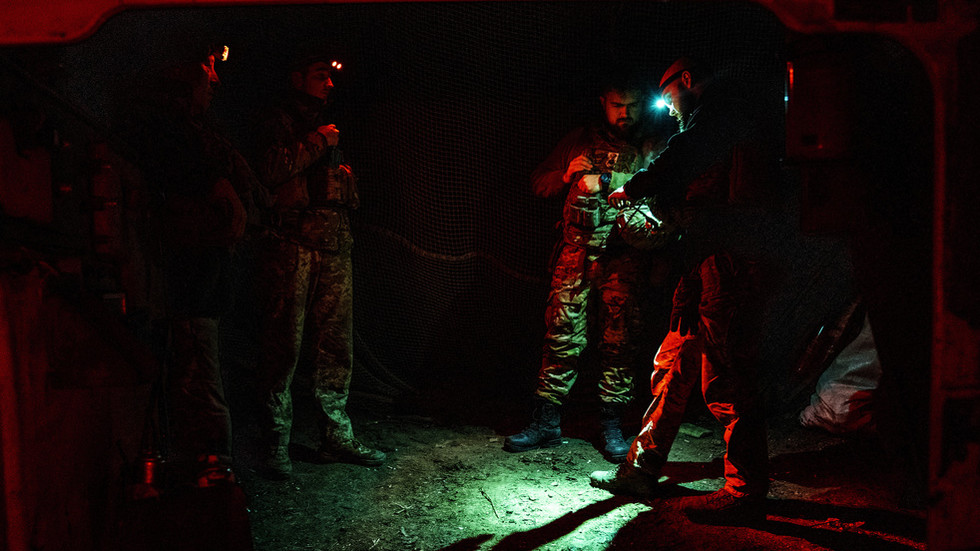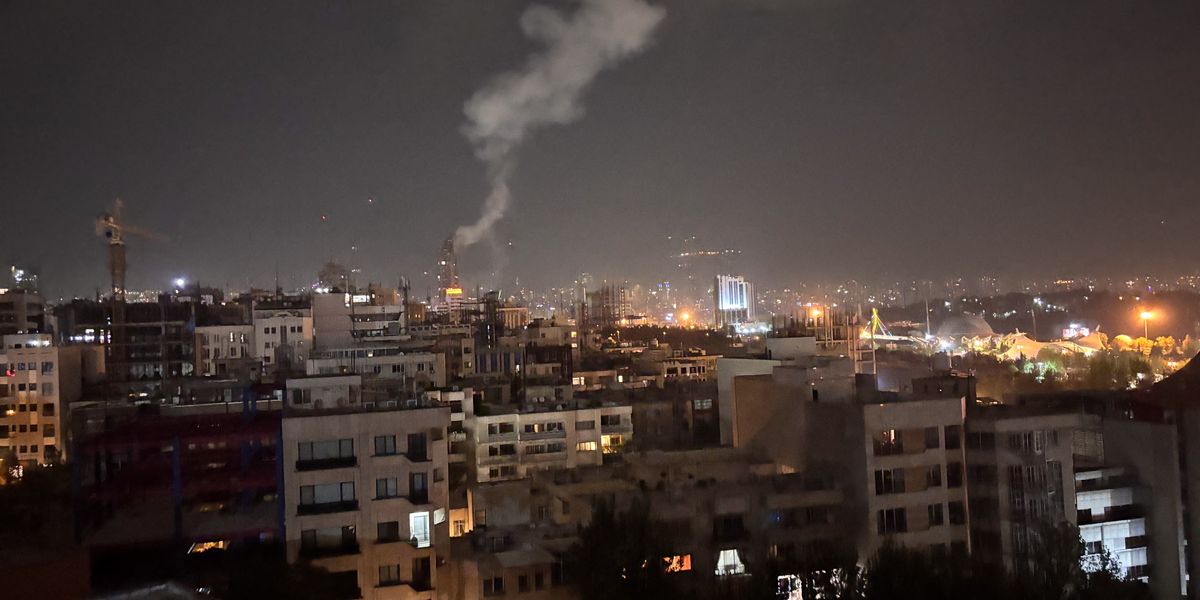
The UAE, with the Cultural Sites of Al Ain inscribed in 2011 as its first UNESCO World Heritage Site, is now adding Jebel Faya as its second./ Image: Sharjah Archaelogy Authority
TL;DR
- Where: Located in central Sharjah, among the limestone ridges of Jebel Faya.
- Why: The site holds a 210,000-year archaeological record, one of the oldest and most continuous in the region — showing early human innovation, settlement, and survival.
- How: After decades of excavation and international collaboration, the UAE submitted a formal nomination backed by a long-term conservation plan.
- Impact: It’s the UAE’s second UNESCO site and a major step in global recognition of the country’s role in human history and heritage preservation.
UNESCO Recognition: A Landmark for the UAE
In a landmark achievement for the UAE’s cultural heritage, the Faya palaeolandscape in Sharjah has been officially inscribed on the prestigious UNESCO World Heritage List. The announcement was made at the 47th session of the UNESCO World Heritage Committee in Paris in July 2025.The site joins the ranks of the world’s most important cultural landmarks and becomes the UAE’s second entry on the list, after the Cultural Sites of Al Ain were added in 2011.This recognition is not only a cultural milestone for the emirate of Sharjah but a national achievement that affirms the UAE’s growing role in global heritage preservation. It is expected to boost archaeological research, strengthen international academic partnerships, and support sustainable tourism in the region.
Why It Was Chosen: The Case for Faya
UNESCO designates World Heritage status based on strict criteria, and Faya was listed under the Cultural Heritage category. To qualify, a site must demonstrate “outstanding universal value” (OUV) and meet at least one of ten defined standards. Faya fulfills the condition of being:“An outstanding example of a type of landscape which illustrates significant stages in human history.”The strength of Faya’s case lies in its archaeological continuity.
Located in the interior of Sharjah, the site preserves one of the oldest and most uninterrupted records of human occupation in the Arabian Peninsula, stretching back over 210,000 years.Unlike other sites that show temporary or isolated evidence of human activity, Faya presents a layered history of repeated settlement and adaptation. Archaeological excavations over the past three decades have uncovered 18 occupation layers, revealing how early humans lived, innovated, and responded to environmental challenges over tens of thousands of yearsThis continuity, rarity, and scientific value positioned Faya as a clear candidate for UNESCO designation.
The Key Discovery That Strengthened Its Case
One breakthrough helped solidify Faya’s global significance: the discovery of 80,000-year-old stone tools at Jebel Faya, a limestone outcrop within the palaeolandscape. The excavations were part of a long-running international research project led by the Sharjah Archaeology Authority (SAA) in partnership with universities from Germany and the United Kingdom. The findings were published in early 2025 in the journal Archaeological and Anthropological Sciences.What set these tools apart was the use of a technique known as bidirectional reduction, a method where stone cores are shaped with precise, alternating strikes at both ends to produce elongated blades. This manufacturing process required foresight, technical skill, and a deep understanding of raw material use.According to archaeologists, the tools were used for a variety of purposes, including hunting, animal processing, plant preparation, and crafting other tools.
Their sophistication suggests that early Homo sapiens in the region were not simply nomadic travelers, they were settled, adaptive, and technologically capable.Beyond the tools themselves, the research team used luminescence dating to establish a nearly continuous timeline of human presence at the site, spanning from 210,000 years ago to 80,000 years ago. This 130,000-year window of occupation indicates that early human groups either lived at Faya uninterrupted or returned repeatedly over millennia, adapting to the region’s changing climate and landscape.This long-term habitation, combined with technological evidence, gave Faya a unique scientific profile, one that directly supported UNESCO’s cultural heritage criteria. It demonstrated that the site was not only archaeologically rich but also vital to understanding early human resilience, innovation, and adaptation in one of the world’s most challenging environments.
What Happens Next: Management and Future Use
Following the scientific breakthroughs and ahead of the UNESCO vote, the UAE took formal steps to prepare the site for nomination.
In early 2025, Sheikh Dr Sultan bin Muhammad Al Qasimi, Supreme Council Member and Ruler of Sharjah, approved the official boundaries and site designation for the Faya palaeolandscape.A long-term management plan, aligned with UNESCO standards, is now in place and will guide the site’s protection, research activity, and visitor engagement through 2030. The plan balances conservation with accessibility, ensuring the site is preserved while enabling further scientific exploration and educational use.The listing is expected to increase international interest, attract responsible tourism, and promote a wider public understanding of the region’s ancient human history.
Why It Matters for the UAE
The inclusion of Faya on the World Heritage List is more than a recognition of Sharjah’s archaeological legacy, it is a statement about the UAE’s role in the global story of human origins.By preserving and studying the Faya palaeolandscape, the UAE is not only protecting a national asset but also contributing valuable knowledge to the international scientific community.
It showcases how the Arabian Peninsula was not a mere corridor for human migration out of Africa, but a place where early humans lived, learned, and evolved.With this recognition, the UAE reinforces its cultural identity, asserts its leadership in heritage preservation, and secures its place in one of the most enduring chapters of human history.
FAQs:
Q. What is the Faya palaeolandscape? It’s an ancient archaeological site in Sharjah that shows one of the oldest and most continuous records of human settlement in Arabia.Q. Why did UNESCO recognize it? Because it meets the criteria of “outstanding universal value” and shows how early humans lived, adapted, and innovated over 210,000 years.Q. What was the key discovery there? Researchers found 80,000-year-old stone tools made with advanced techniques, proving early humans were settled and skilled — not just passing through.Q. Who led the research at Faya? The Sharjah Archaeology Authority, in collaboration with universities in Germany and the UK.Q. What happens next for the site? A UNESCO-compliant management plan will guide its conservation, public access, and future archaeological research through 2030.

 7 hours ago
1
7 hours ago
1










 English (US) ·
English (US) ·